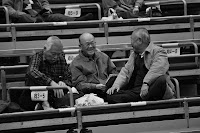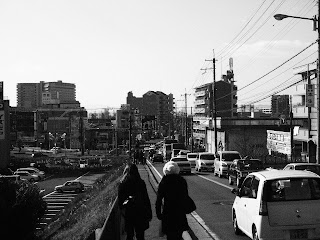I can’t believe that I only have 11 days left in Japan. Since arriving in January the time has gone so fast! I think my first impressions of Japanese people and culture are still accurate, but being here for a full year I have been able to go a little deeper, seeing and experiencing things that you wouldn’t on a holiday.
The stereotype of the shy and quiet nihon jin I think is accurate to an extent. Upon first meeting they can be quiet and reserved, not wanting to talk about themselves, polite and timid. But the beauty of being here for one year was getting past that shield and getting to know them better. If you were lucky enough to experience this, like I was you will find an amazingly loyal, sometimes out going and crazy friend for life.
 |
| 6am in Osaka. Ai, Hana and Misato! I will miss them so much |
Going from knowing one word of Japanese before I arrived (konnichiwa, so sad I know), I find it not short of a miracle the amount of Japanese I have learnt. Unfortunately I can’t say that I have completely overcome the language barrier, but I can usually get my point across with time and patience, which luckily are qualities that most Japanese people have! I think this has helped to give me a deeper understanding of the country and culture, being able to interact, read signs and ask for directions!
 |
| I would never have imagined being able to read this before coming to japan! |
Compared to my first visit to Japan, when I was completely ignorant and uneducated about anything Japanese, I would like to think that now a year into my studies and after living here my understanding of the people and culture is more accurate. But impressions constantly change, and in a country like this so rich with culture you could live here for 10 years and still learn something new every day! I think one of the things that still continues to schock me is the price of fruit and vegetables! Something i will never be able to understand! I’m so grateful for this experience, it has changed my life.










































